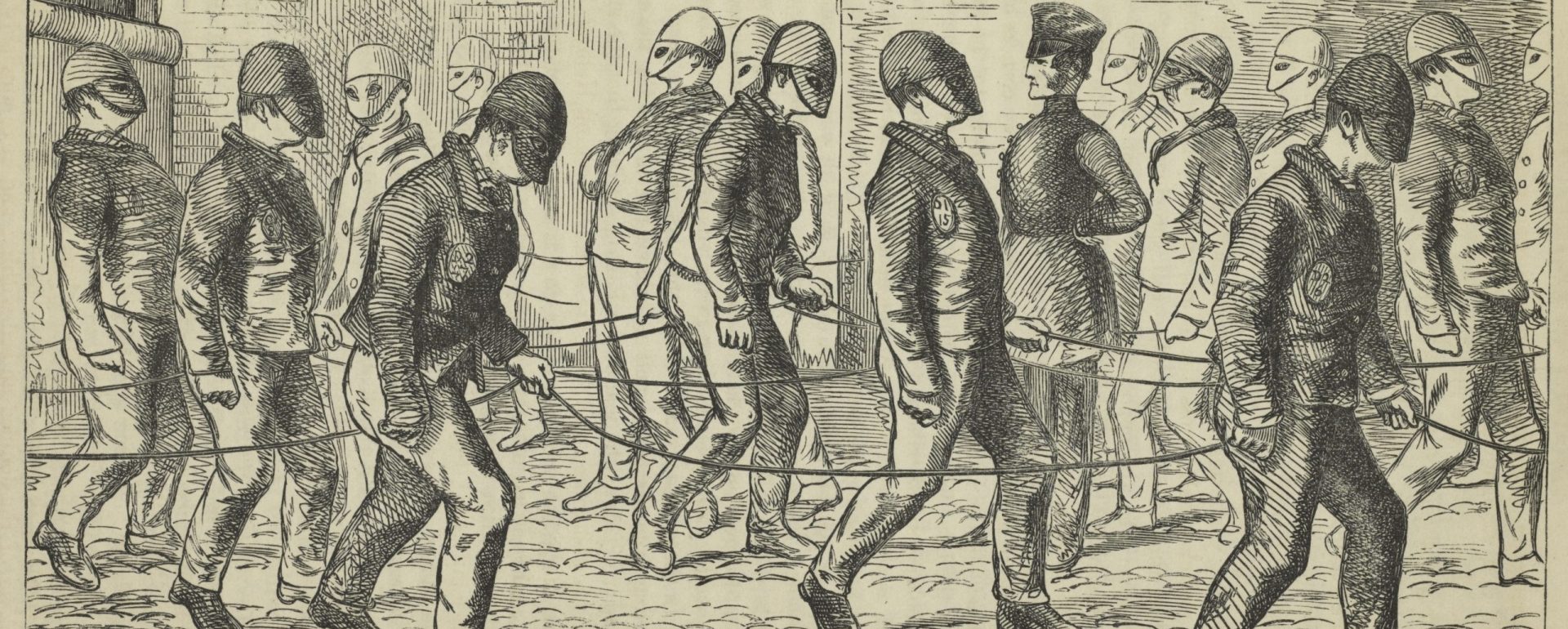In television, the way that violent characters are represented can have a varying impact on how viewers perceive the story line. These perceptions can introduce hatred and negativity as well as feelings of empathy towards the perpetrator–even though their acts were unforgiving and monstrous. An example of a criminal representation that captures these feelings is the Grey’s Anatomy character Gary Clark.
Grey’s Anatomy producers encapsulate how thoughts of heartbreak and revenge can introduce perpetrators to a series of decisions that harm many people in their way. The show helps viewers empathize with the shooter whilst portraying a horrendous act committed that injured and killed many staff and innocent bystanders. This bizarre concept changes the audience’s perceptions of the shooter. This post explores the representations of Gary Clark and how it can lead the audience feeling empathetic towards someone carrying out such a heinous crime.
“But how could I empathize with a mass murderer?”
Grey’s Anatomy Season 6 features a man by the name of Gary Clark. Gary Clark is introduced as the husband of Alison Clark, a woman who visited the hospital to get surgery on a tumor found days prior. The surgery ended up going well and Mrs. Clark was put on ventilators to recover. Hospital staff attempt to wean Mrs. Clark from the ventilator but discovers she had a stroke during recovery and is officially brain dead. Mrs. Clark previously signed a document when she was first diagnosed with cancer that lawfully forbids the hospital from ventilating her if she is deemed brain dead. The doctors look to Derek Shepherd, the Chief of Surgery, with direction on how to move forward. Within minutes Shepherd makes the decision to maintain the order and remove her from ventilation, stopping the oxygen to her blood and killing her. This decision affected her husband, Gary Clark, in complex mental ways.
After her death, Gary Clark files a lawsuit against the hospital over the decision to take his wife off of the machines when he, her husband, asked them not to. The lawyers claimed Mr. Clark had no case, as her legal directive stated not to ventilate. Mr. Clark, appalled with the decision, decides to take matters into his own hands. Days later, Mr. Clark returns to the hospital with a gun firing at multiple hospital personnel whilst trying to find the people responsible for pulling the plug on his wife. Gary Clark shot a total of 18 people during his shooting spree, killing 11 of them. For more insight on Gary Clarks portrayal throughout the show, click HERE.

Mr. Clark’s trauma is understandable
In the episodes leading up to the hospital shooting, it is evident that Mr. Clark is struggling to come to terms with his wife’s death. There are scenes that portray him sitting alone in his car, gripping to her belongings, and breaking down in tears. These powerful scenes introduce a whirlwind of emotions for the audience. The depictions of Mr. Clark become relatable, as many people have experienced the pain of losing a loved one. The show shines this spotlight on Gary Clark to impact how the viewer responds to his actions. If Mr. Clark was to simply show up to the hospital and shoot all of the victims with no explanation– the audience has no remorse. The phenomena of empathy can help watchers rationalize the reasons behind why Mr. Clark did the horrible things that he did.
Viewers may also be able to empathize with Clark’s frustrations for the hospital personnel. Throughout the show it is observed that the staff allows personal issues, drama, and professional struggles to migrate into the daily job routines. Clarks actions can be justified in a viewer’s mind due to the seeming lack of attentiveness from staff as his wife has just died and the audience can observe the staff making mistakes, arguing with each other, and deal with the stress of working in a high-pressure environment. While this is all part of the drama and tension of the show, it also humanizes the characters and creates a sense of relatability in the viewer’s mind ultimately impacting the perception of Gary Clark versus the hospital staff. If a viewer put themselves in Mr. Clarks shoes, it is easy to understand why he would be out of his mind enough to carry out the act.
The idea that people of society can feel remorse for violent criminals is not frequently referenced, but in fact happens often. An audience, particularly an outside bystander not involved in a crime in any capacity, holds the ability to view both sides of a story with no bias. In this case, I believe that the viewer was able to feel a sense of remorse for Gary Clark not simply because he is a fictional character in a TV show but more because he was relatable.
For more information regarding the effects of character bonding click HERE.
Suicide guilt
At the end of the episode, Gary Clark commits suicide after realizing he has just one bullet remaining. Another ambiguous feeling that can overcome viewers is the suicide guilt. Even though Gary Clark had just committed a mass murder killing many hospital staff that have been beloved for seasons of the series, the audience can feel remorse based on his final depiction. Clark suffered from severe depression and ultimately died by suicide. Some viewers of the show may have felt guilty about his death because they may have identified with the character or related to his struggles with mental health. The feelings including anger, hatred, and negativity that viewers may have felt throughout Clark’s shooting rampage may have an impact on their feelings at the end of his life. In a way, viewers may feel guilt complicit in the death of Gary Clark because of their negative feelings towards him (Rightfully so considering Mr. Clark committed an unhinged act that affected hundreds of people)– but it is interesting how the end scene can make a viewer forget about the horrible acts he was responsible for. It is taught at a young age in society to approach suicide with compassion as opposed to judgement and victim blaming. After Mr. Clark kills himself, it is possible that viewers immediately felt remorse and ultimately ended the episode on feeling bad for the criminal.
If a viewer can relate to the feelings, they are more likely to empathize.
Discussion Questions:
What are some other examples of violent criminals that can be empathized with?
Do you think the producers portrayed Gary Clark to be likable at first on purpose? If so, why would they do this?
Do you think people who commit crimes from grief should be shown leniency?
Works Cited
ABC Studios production. Shondaland. created by Shonda Rhimes. (2013). Grey’s anatomy. Complete sixth season. Burbank, Calif. Distributed by Buena Vista Home Entertainment,
Fox, Maggie. “Mass Murderers Often Not Mentally Ill, but Seeking Revenge, Experts Say.” NBCNews.com, NBCUniversal News Group, 20 July 2012, https://www.nbcnews.com/health/health-news/mass-murderers-often-not-mentally-ill-seeking-revenge-experts-say-flna1c6435406.
Gary Clark. Grey’s Anatomy Universe Wiki. (n.d.). Retrieved May 3, 2023, from https://greysanatomy.fandom.com/wiki/Gary_Clark
Nuwer, R. (2013, July 15). The psychology of character bonding: Why we feel a real connection to actors. The Psychology of Character Bonding: Why We Feel a Real Connection to Actors. Retrieved April 14, 2023, from https://www.motionpictures.org/2013/07/the-psychology-of-character-bonding-why-we-feel-a-real-connection-to-actors/#:~:text=%E2%80%9CThe%20experiences%20with%20fictional%20characters,we%20respond%20to%20fictional%20characters.
Polk, J. (2022, August 24). What to do when your favorite TV shows Trigger your anxiety. Health. Retrieved April 14, 2023, from https://www.health.com/condition/anxiety/tv-triggers-anxiety-depression
Redaccie. (2020). Sympathizing with serial killers. Sympathizing with Serial Killers . Retrieved April 14, 2023, from https://www.svdimensie.nl/blog/sympathizing-with-serial-killers

